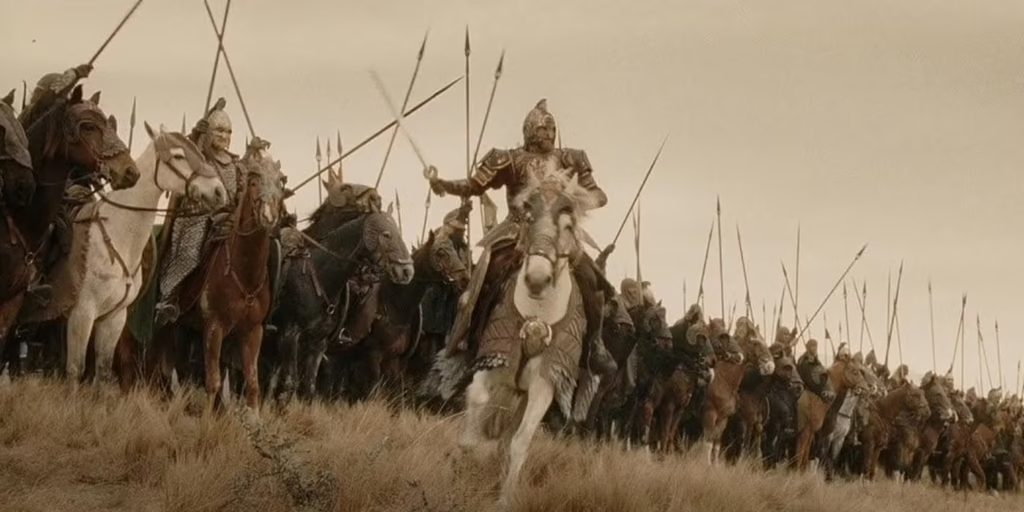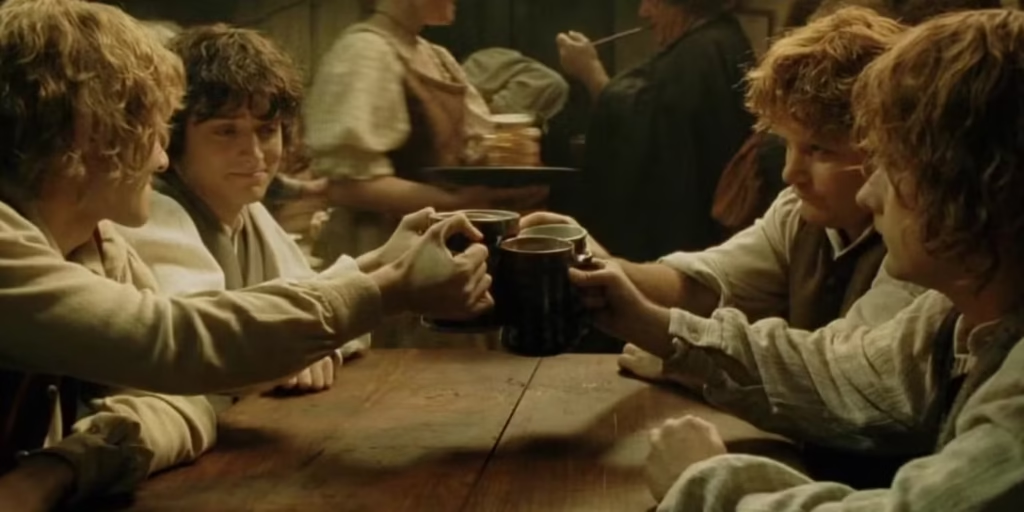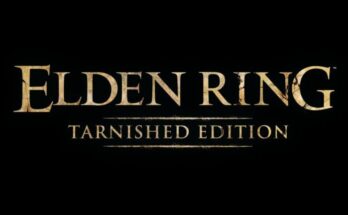
It wouldn’t be an exaggeration to say that The Lord of the Rings trilogy contains some of the most memorable sequences in the history of Hollywood. Some of which include the Ride of the Rohirrim, Gandalf’s (Ian McKellen) iconic standoff with the Balrog in the mines of Moria, and Frodo’s (Elijah Wood) struggle on the slopes of Mount Doom, just to name a few. Peter Jackson‘s acclaimed adaptation is brimming with breathtaking moments, but the most powerful of them all actually doesn’t occur until after the War for the Ring is over. While the most exhilarating aspects of J.R.R. Tolkien‘s source material are undoubtedly its epic battle sequences and compelling ring-bearers, both Tolkien and Jackson understood that heroes coming home can face an even darker reality than war, ultimately proving that sometimes a classic’s greatest scene is also its most understated.
The Fellowship’s Return to the Green Dragon Is the Most Poignant Moment in ‘The Lord of the Rings’





Specifically, the Fellowship’s return to the Shire at the end of The Lord of the Rings: The Return of the King offers the series its most subtle and moving scene. Following the timeless moment when the newly-crowned Aragorn (Viggo Mortensen) prompts the heroes of the Third Age to kneel in reverence to the hobbits’ accomplishments, Frodo, Sam (Sean Astin), Merry (Dominic Monaghan), and Pippin (Billy Boyd) all return to their homeland and relax with a drink at the Green Dragon Inn. What follows is a deceptively brief and simple scene, the power of which stems not from what is said or done but rather what isn’t. As chattering hobbits surround the four and go about their days like normal, the former members of the Fellowship sit awkwardly and silently, at a loss for the words to describe their travels and looking solemnly out of place.
This moment allows the audience to quietly feel the full weight of everything the hobbits have endured in the past three movies because it is the first chance both the trilogy and its main characters have to truly process their experiences in the war. Not only does this baggage feel indescribable, but the brilliant restraint demonstrated by Jackson in this scene allows for the silence to twist in your gut like a knife, masterfully communicating the scene’s unspoken gloom even more potently than the trilogy’s most dramatic deaths because it encompasses all of them. The hobbits’ somber expressions hit even harder when compared to their visit to the Green Dragon in the extended edition of the first film, during which all four halflings effortlessly join in with their neighbors’ merriment. As a result, this moment is the greatest testament to how the hobbits change throughout The Lord of the Rings, conveying the new burden of their dark memories without any political intrigue or complex fight choreography.
’The Return of the King’s Green Dragon Scene Honors the Experience of Real-World Veterans
Speaking of change, the hobbits aren’t the only ones who go through a dramatic transformation at the end of The Return of the King. In reality, the entire state of the Shire at the end of Frodo’s travels is altered from Tolkien’s source material. Originally, with “The Scouring of the Shire,” the penultimate chapter in Tolkien’s final The Lord of the Rings novel sees Saruman exact his revenge on the hobbits by seizing control of their homeland. This version of events takes the triumph out of the hobbits’ immediate return by turning the Shire into a dark wasteland, testifying to how the consequences of war can linger in the most unlikely places. In comparison, Jackson’s film foregoes this plotline in order to focus on the emotional distance between the returning heroes and a home which still appears intentionally ignorant of world events, putting the former members of the Fellowship in dark contrast to their oblivious neighbors.
While sad in its own right that the film’s version of the Shire doesn’t seem to appreciate the sacrifices of Frodo and his friends, this creative decision accurately reflects the feelings of alienation real veterans experience upon returning home from war. Moreover, it should come as no surprise that this experience is highlighted in both Jackson’s film and Tolkien’s source material, as something many fans still don’t realize is that Tolkien was actually a veteran of World War I whose experiences in the trenches likely directly influenced his descriptions of places like Mordor and the Dead Marshes. Therefore, the hobbits’ return to the Green Dragon in The Return of the King is not only the most moving scene in Jackson’s trilogy. It is also one of the clearest examples of how Tolkien’s Legendarium depicts the experience of war with a skillful sensitivity that honors both world history and the struggles of those who come back from battling our own world’s forces of darkness.


